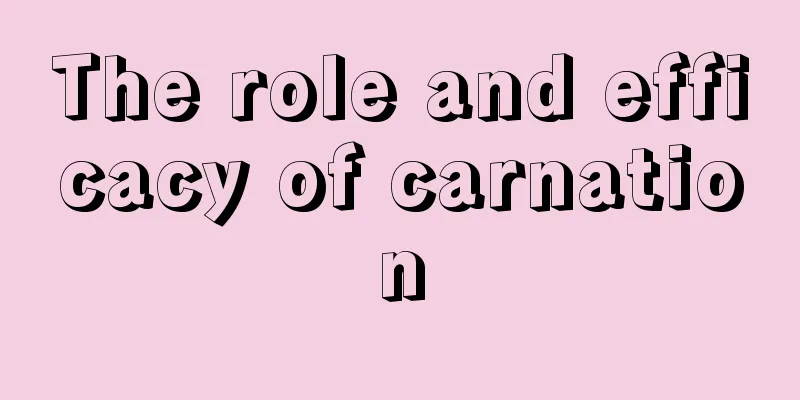Breeding and reproduction techniques of mealworms

|
The mealworm is an insect with high protein and nutritional value. It is suitable as feed and food raw material. It has a wide range of uses, high economic value and broad breeding prospects. So what are the breeding and reproduction techniques of mealworms? Let’s learn more about it below. 1. Breeding environment The best place to breed mealworms is in a house that is sheltered from the wind and facing the sun, warm in winter and cool in summer. The light should not be too strong and it should be kept warm. The most suitable temperature is 18-30℃ and the relative humidity is 70%. When the temperature is high in summer, sprinkle water on the ground to cool it down; in winter, keep warm to ensure the normal growth and development of mealworms. 2. Selection of insects Choose healthy, disease-free adult insects as breeding insects. It is generally recommended to purchase them from reputable suppliers to ensure the quality of the breeding insects. When breeding for the first time, it is recommended to purchase 100-200 adults as the basic population. 3. Feed management The feed for mealworms mainly includes wheat bran , corn meal, soybean meal , etc., and some vegetables and fruits can also be added as supplementary feed. In feed management, it is necessary to ensure the cleanliness of the feed and avoid mildew and contamination. At the same time, the feed ratio should be reasonably adjusted according to the growth stage and needs of the mealworm to meet its nutritional needs. 4. Key points for epidemic prevention First, the breeding room must be strictly prevented from entering by natural enemies such as ants, flies, cockroaches, mice, and geckos; second, the breeding utensils must be disinfected every month; third, dead insects must be removed in a timely manner to prevent mold and deterioration that may lead to epidemics. 5. Reproduction method The reproduction methods of mealworms include natural mating and artificial insemination. Natural mating is to place male and female adults in a breeding box in a certain ratio and allow them to mate freely. Artificial insemination involves removing the eggs from the female insect, artificially fertilizing them, and then placing them in an incubator to hatch. During the breeding and incubation period, pay attention to maintaining suitable temperature and humidity, and provide adequate nutrition and light. At the same time, the hatching situation should be checked regularly to detect and deal with abnormal situations in a timely manner. 6. Harvest and processing Mature mealworms can be separated by gently shaking the container or using a vibrating screen. This will screen mealworms out of the substrate without harming them. After harvest, the plants should be carefully inspected for mealworms and any dead or damaged individuals removed. Healthy mealworms can be sold directly or processed further. In general, mealworm breeding and reproduction involves many aspects and details. Only after mastering these skills and methods can we obtain better breeding benefits and economic returns.
|
<<: Cultivation and pruning of purple-leafed spider plant
>>: How to propagate and prune hibiscus?
Recommend
Taboos of eating pumpkin seeds, who is not suitable to eat pumpkin seeds
1. Taboo When eating pumpkin seeds, remember not ...
How to grow air plants in spring, summer, autumn and winter?
Spring of Air Plants After a long winter, air pla...
How to grow potted violets
1. Breeding methods 1. Flower pot: When growing p...
How often should we water roses in summer? How often should we water them?
Watering frequency of rose in summer The general ...
Do Lithops need root pruning?
Do Lithops need root pruning? Generally, it is be...
How to root succulent beheaded seedlings
1. Rooting method 1. Rooting of flowers in soil: ...
Milan old pile breeding methods and maintenance matters
How to cultivate old piles in Milan If you want M...
Zebra flower cultivation methods and precautions
Zebra flower is very easy to grow. It has large l...
Does Mimosa need watering every day?
Do you water mimosa every day? Mimosa does not ne...
What is the correct way to water? These little tips will help your flowers grow better!
Drying reason: There is chlorine in tap water, wh...
Cultivation methods and precautions of Begonia
1. Lighting Begonias prefer places with plenty of...
Balcony sowing method of Chancai
Sowing temperature of radish The optimum sowing t...
Methods and precautions for propagation of cycads by cuttings
How to propagate Gardenia When growing, gardenia ...
How to grow potted lilies in winter
1. Cut off branches and leaves In winter, most li...
Cultivation methods and precautions of Erythrina cockscomb
1. Maintenance methods 1. Soil management: The ch...









